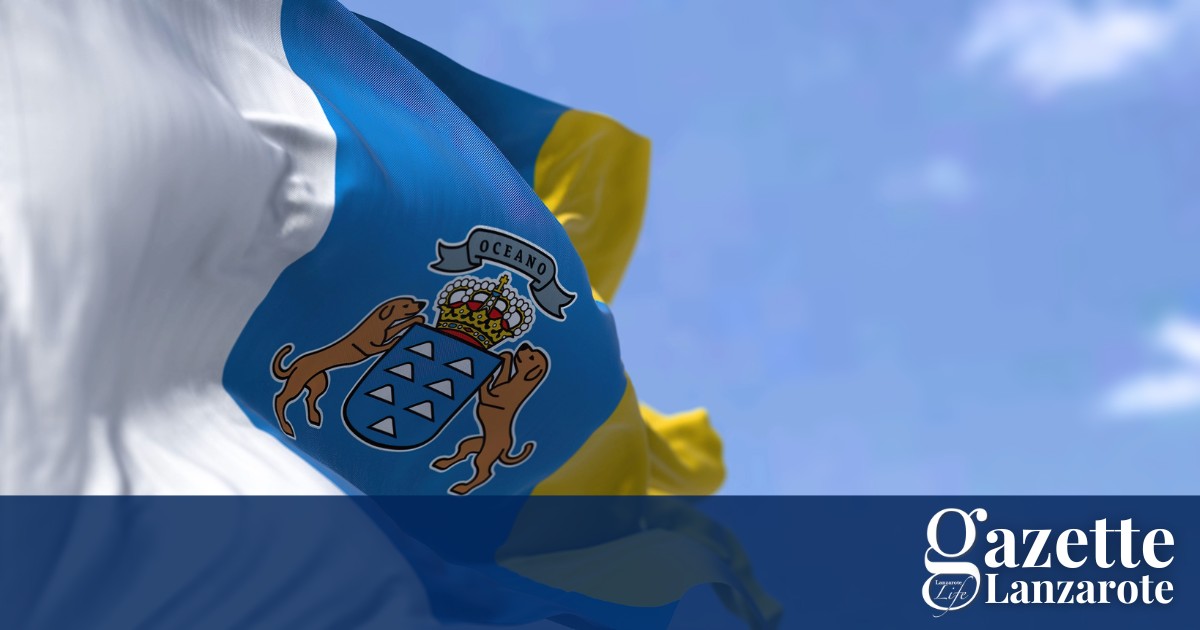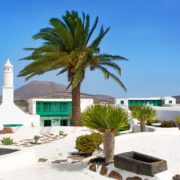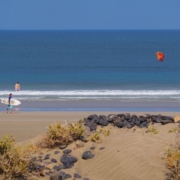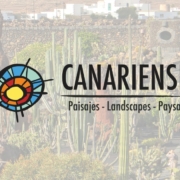Canary Day is celebrated on the 30th May. To help you understand what it’s all about, here are some facts everyone should know about the Canary Islands.
What are the Canary Islands?
The Canaries is an archipelago of eight islands and several smaller islets and rocks that lies in the Atlantic Ocean, west of the African mainland.
They are a Spanish autonomous community, divided into two provinces – Santa Cruz de Tenerife (Tenerife, La Palma, La Gomera and El Hierro) and Las Palmas (Gran Canaria, Fuerteventura, Lanzarote and La Graciosa).
Geologically, each island is a volcanic sea mount, rising above the ocean with several ravines (barrancos) channelling rain to the sea. The western islands are generally higher, with Tenerife’s mighty Teide volcano reaching 3.7 kms above sea level – the highest peak in Spain and the Atlantic Ocean.
The Canaries are sub-tropical islands located on the Azores anticyclone, a weather system which brings sunny, warm and breezy weather most of the year. The Canarian climate has often been described as the best in the world.
Are the Canaries part of the EU?
Yes. As Spanish territory, the Canaries are fully integrated within the European Union. However, as a remote island region they have been granted a special tax regime which allows them to set lower duties, VAT etc.
Why are they called the Canaries?
The most popular theory is that they are named after dogs (canes in Latin) which were discovered in large amounts by the first Roman explorers to the islands. Some believe that the dogs were, in fact, seals or sealions, which were also called “sea dogs” in ancient times.
Others point to a tribe named the Canarii who lived in modern-day Mauretania and may have been among the first to colonise the islands.
The yellow birds found on western islands are named after the islands.
What are the symbols of the islands?
The Canarian flag is a white, blue and yellow tricolour. Although the colours are often claimed to represent the clouds, the sea and the sun, the flag is really a combination of the blue and white standard of Tenerife and the blue and yellow flag of Gran Canaria.
The Canarian coat of arms is a blue shield bearing seven white rocks, supported by two large dogs and topped by a royal crown. The simple one-word motto “OCEAN” is above.
The official Canarian animal is the canary, a bird that is common on the western islands but rarely seen on Lanzarote. The official plant is the Canarian palm tree.
The islands’ anthem is an orchestral version of the local lullaby “Arrorró.”
Although not official, there is little doubt that the timple – a small guitar with a piercing tone – is the most symbolic instrument of the islands, easily recognisable in the Canarian folk music that is heard everywhere on Canary Day.
What is Canarian food like?
Gofio is a unique Canarian staple –cereal meal that is eaten in both sweet and savoury dishes from infancy until old age. Its highly toasted flavour can be an acquired taste, but it is healthy and nutritious.
The islands were the first places in the Old World to grow potatoes, and papas arrugadas (wrinkled, boiled new potatoes with a coat of salt) are a famous local favourite, always accompanied with spicy red and green mojo sauces.
Canarian bananas brought wealth to the island in the early 20th century, and are still a favourite along with exotic fruits such as mangos and papayas. Canarian onions, tomatoes and goats cheeses also have a superb reputation, while the islands’ young white wines are perennial favourites.
Modern Canarian favourites include Tropical (Las Palmas) and Dorada (Tenerife) beers, the barraquito coffee drink, and local products such as the Tirma Ambrosia bar and strawberry-flavoured Clipper soft drink.
Who are the Canarians?
2.2 million people currently live in the Canary Islands. The native population still show strong genetic links to the original inhabitants of the island, known as the Guanches or Mahos, whose culture also survives in the names of people and places.
Today, the Canaries are a genuinely multi-cultural society, with substantial communities from Latin America, Europe, Africa and Asia.
What is Canarian Day?
It is a day that celebrates the first sitting of the Canarian Parliament on the 30th May, 1983 in Tenerife. This marked the first time that the islands had ever had their own government, democratically elected and able to decide policy independently from the Spanish government in Madrid. The day is a bank holiday throughout the islands, and is celebrated with concerts, sports, folklore events and the wearing of traditional island costumes.











Leave a Reply
Want to join the discussion?Feel free to contribute!